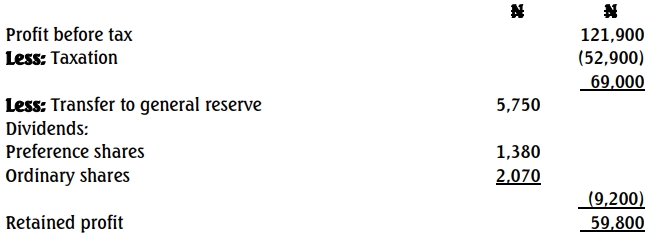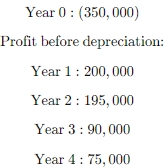- 5 Marks
CR – May 2017 – L3 – Q5c – Ethical Issues in Corporate Reporting
Identify the contents of a corporate governance report in annual reports of quoted companies.
Question
Institutional investors, if not all investors, need information about corporate governance in order to make rational and reasonable investment decisions. As such, the Securities and Exchange Commission (SEC) of Nigeria requires that the annual reports of all quoted companies should include a corporate governance report.
Required:
Identify the contents of such a corporate governance report. (5 Marks)
Find Related Questions by Tags, levels, etc.
- Tags: Annual Reports, Corporate Governance, Investment decisions, SEC Nigeria
- Level: Level 3





